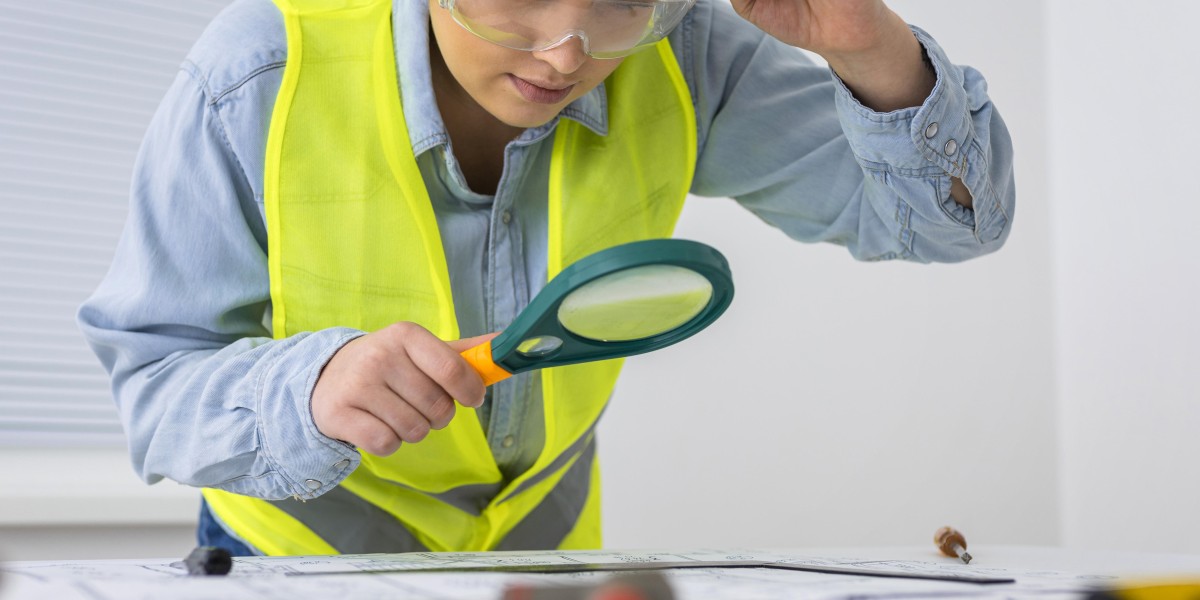The material sciences industry has a wide-range of testing options to find the characteristics of products and their use in an industry. However, many of these options are likely to impact the material or destroy it completely, rendering it unusable. As a result many industries opt for non-destructive testing methods. In this article let us look at the factors we need to consider in order to choose the appropriate NDT method such as magnetic particle inspection.
Defining Nondestructive Testing
Prior to choosing a NDT method, let us know more about the working of this method and where it is used. Non destructive testing is a method of studying and testing components using various methods. NDT is advantageous in construction, fabrication, and in-service examination. It can confirm the reliability and durability of a product, manage the manufacturing process, reduce production costs, and maintain quality.
A very important method of NDT is magnetic particle inspection.
What is Magnetic Particle Inspection
Magnetic particle testing (MPT) is a non-destructive examination (NDE) technique that detects surface and slightly subsurface flaws in ferromagnetic materials. Factors to consider when choosing magnetic particle testing range from materials to equipment and sensitivity of the material. MPT is limited to ferromagnetic materials, such as steels and cast irons. If the material is nonmagnetic, liquid penetrant examination is the only choice.
Magnetization is another key factor as the part must be magnetized correctly and in the right direction relative to flaws. For issues such as contrast, there must be adequate contrast between the part's surface and the particles used to identify the flaw. In this stage, the equipment plays an important role as it has to be calibrated and does not keep permanent records of results. Another factor that has to be considered in this case is sensitivity.
The continuous technique is generally chosen when maximum sensitivity is required. MPT works on the principles of magnetization and leakage of magnetic flux due to the formation of defects on material surfaces. It can detect surface and near-surface cracks, seams, laps, cold shuts in castings, laminations, lack of fusion near the surface, undercuts, deep scratches, and fatigue cracks. Apart from these the five primary steps of the MPT testing process range from Rre-cleaning, magnetization, application of magnetic particles,Inspection/interpretation and post-cleaning.
These are the most important and crucial processes to select MPI as a testing method.
Factors for Choosing NDT
When choosing a non-destructive testing (NDT) method, you can consider the following factors:
NDT method: Accuracy, precision, speed, quantitativeness, automation, and affordability
Material: Type of material to be tested and its physical properties
Defect: Type of defect sought, its position and location, and the sensitivity required
Equipment: Availability of equipment and qualified operators
Location: Working conditions and location
Measurement: Measuring parameter and structure type
Other factors that can affect the choice of NDT method include:
Cost
Availability of qualified operators
Sensitivity required
NDT courses teach individuals various NDT methods that are used to inspect materials and structures without causing damage
Conclusion
Every industry has certain conditions to be met, especially when considering materials testing. A primary need is to anticipate the likely issues that arise from using a particular type of testing method. The normal practice is to opt for non-destructive testing methods, as they are cost-effective, faster and easy to perform. There is no advanced-training needed for testing technicians and in-house employees can be trained to perform these testing. One of the easiest testing methods is magnetic particle testing. For advanced testing techniques in the category, companies can seek help from third-party inspectors.







